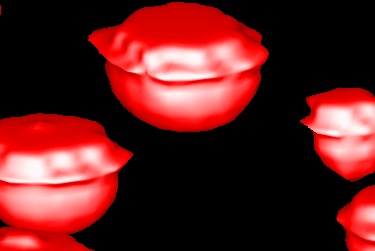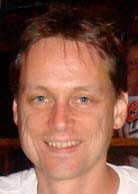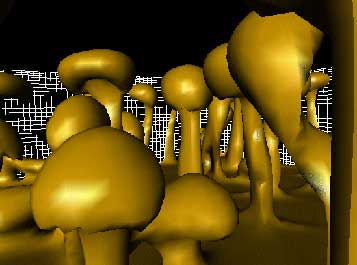


New collaborative (with the University of Geneva) project Long-term evolution of the Earth from the base of the mantle to the top of the atmosphere: Understanding the mechanisms leading to ‘greenhouse’ and ‘icehouse’ regimes funded by Sinergia programme of the Swiss National Science Foundation! The project is a collaboration with 3 groups at the University of Geneva. See here.
Topics in Planetary Sciences (2024) moodle site
Geophysik II moodle site
Geophysik III moodle site
Integrierte Erdsysteme I moodle site
Planetary Physics and Chemistry (currently taught by Cedric Gillmann)
Numerical Methods I & II (now taught by Taras Gerya)
Click here for my google scholar citations page
Click here for a movie showing group activities
I am interested in the thermo-chemical structure, dynamics and evolution of the interiors of solid planets and moons, including Earth, Venus, Mars, Mercury, Io and extrasolar super-Earths, focussing particularly on convection in the solid mantle and the associated dynamics of the lithosphere, which on Earth means plate tectonics. My main research tool is numerical simulation, using state-of-the-art numerical methods on high performance (massively-parallel) supercomputers to obtain more realistic, three-dimensional numerical models of dynamical processes than previously possible. Specific recent projects include:
A good general description of my research (though out of date) can
be found here.
1998 article about my research in SDSC's Envision newsletter:
link
1994 article in Caltech's CACR annual report: link
1994 article from Physics World (text only) "Journey to the
Mantle of the Earth":
link
2D convection code written in Matlab (variable viscosity, staggered grid)
StagPy python software for analysing StagYY output.
StagLab and other useful software by Dr. Fabio Crameri.
Instructions for making a movie from a series of consecutively numbered images
How to compile OpenDX and loadable modules for it on MacOS 10.6 Snow Leopard
Group members and friends at the 2007 Goldschmidt conference in Cologne
Photos from 2007 Mantle and Lithosphere Dynamics workshop in Carry-le-Rouet
here for 'field work' pictures
at the Great Wall of China!